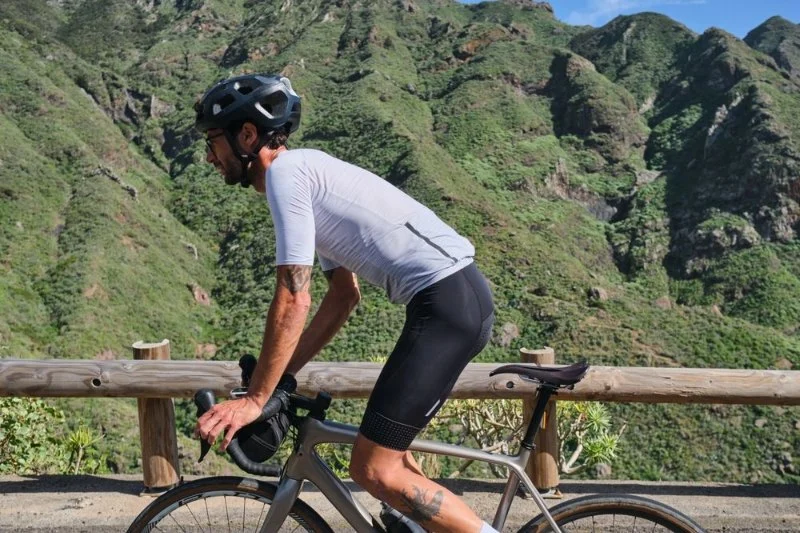
How to Prevent Saddle Slipping When Climbing
- Understanding Saddle Slippage
- Common Causes of Saddle Slipping
- Effective Prevention Tips
- Choosing the Right Saddle for Stability
- Maintaining Your Saddle for Long-Term Stability
1. Understanding Saddle Slippage
Saddle slipping during climbing is a common frustration for cyclists, especially when navigating steep inclines or technical terrain. The issue typically occurs when the saddle shifts from its proper position, causing discomfort and affecting pedaling efficiency. Saddle slippage can make climbs much more challenging, disrupting your riding posture and reducing control over the bike.
While saddle slippage can happen to any cyclist, it’s particularly prevalent during climbs when there is a lot of shifting weight or uneven terrain. It’s important to understand the causes behind saddle slippage and take preventative measures to ensure that your saddle remains secure, allowing for a more comfortable and efficient ride.
2. Common Causes of Saddle Slipping
There are several reasons why a saddle might slip during climbing. Identifying the cause can help you make the right adjustments and prevent the issue from recurring:
- Improper Saddle Angle: One of the main culprits of saddle slippage is an incorrect saddle angle. If the saddle is tilted too far forward or backward, it can cause you to slide off, especially during hard efforts on climbs.
- Loose Saddle Bolts: Over time, the bolts that secure the saddle to the seat post can loosen, causing the saddle to shift during use. Regular checks and tightening of these bolts are essential.
- Inadequate Saddle Width: A saddle that doesn’t match your body type or riding style may not provide the necessary support, leading to slippage as you exert more pressure while climbing.
- Dirty or Worn-out Saddle Surface: Dirt, grime, or wear on the saddle surface can make it slippery, contributing to saddle movement, especially in wet conditions.
- Incorrect Positioning on the Saddle: Sometimes, the issue lies with your position on the saddle itself. If you’re not sitting properly or shifting too much weight forward during climbs, the saddle might not stay in place.
3. Effective Prevention Tips
To prevent saddle slippage when climbing, consider the following practical tips:
- Adjust the Saddle Angle: Ensure that your saddle is positioned flat or slightly tilted upwards. A saddle that tilts forward may cause you to slide off, while one that’s too far back could restrict your pedaling motion.
- Tighten Saddle Bolts Regularly: Check the saddle bolts before each ride. If they’re loose, tighten them using the appropriate tool. This simple maintenance step can prevent unexpected saddle shifts.
- Invest in a Saddle with a Better Grip: Choose a saddle with a textured or grippy surface, particularly if you ride in wet conditions. Some saddles are designed to stay in place even when wet or muddy, which can help prevent slippage during climbs.
- Wear Appropriate Riding Gear: If you’re experiencing slippage during a climb, consider wearing padded cycling shorts with a snug fit. This will reduce your movement on the saddle and provide additional friction to help keep it in place.
- Practice Proper Climbing Technique: Your body positioning and pedaling technique can influence saddle slippage. Make sure your weight is balanced and that you’re not shifting too much weight forward when climbing. Proper posture and pedaling form can minimize pressure on the saddle, reducing the risk of it slipping.
4. Choosing the Right Saddle for Stability
Selecting the right saddle for your body and riding style is essential for preventing saddle slippage. Here are some tips on choosing a saddle that offers optimal stability:
- Comfort vs. Performance: Look for a saddle that offers both comfort and support. A saddle that’s too narrow or too wide for your pelvis may cause discomfort and lead to instability, while one that’s too soft might not provide enough support during climbs.
- Material Considerations: Consider a saddle with a durable, high-traction surface. Materials like synthetic leather or textured covers can provide a more secure grip, reducing the chances of slipping, especially in damp conditions.
- Fit and Shape: Choose a saddle that complements your riding posture. Saddles come in different shapes and sizes, and selecting one that suits your body type and riding style (e.g., road, mountain) is key to preventing slippage.
5. Maintaining Your Saddle for Long-Term Stability
Proper maintenance is crucial to keep your saddle in top condition and prevent slippage over time. Here are a few tips to maintain your saddle:
- Clean the Saddle Regularly: Dirt, sweat, and grime can accumulate on your saddle, making it slippery. Wipe down your saddle after each ride and clean it with a mild soap solution to ensure that it stays grippy and functional.
- Inspect for Wear and Tear: Regularly check the condition of your saddle. Look for signs of wear, such as fraying edges or cracks, that could affect its grip or comfort. Replace your saddle if necessary.
- Lubricate the Saddle Rails: While you want to avoid excessive lubrication, using a small amount of grease on the saddle rails can help maintain smooth adjustments and prevent corrosion, which could lead to instability.
Final Thoughts
Saddle slippage during climbs can be frustrating, but with the right adjustments, maintenance, and techniques, you can prevent this issue and enjoy a more comfortable ride. By ensuring that your saddle is properly aligned, maintaining your gear, and choosing the right saddle for your needs, you can minimize slippage and improve your cycling experience. If you're looking for the best saddle options for climbing, consider visiting Cycling Guider for expert recommendations and products that will keep you riding smoothly.



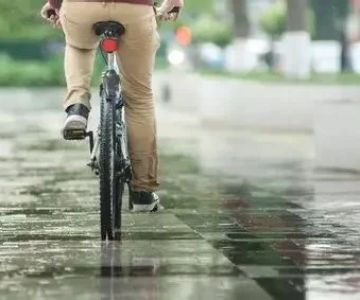
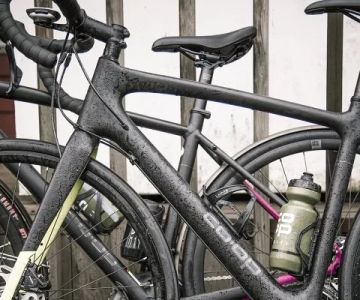

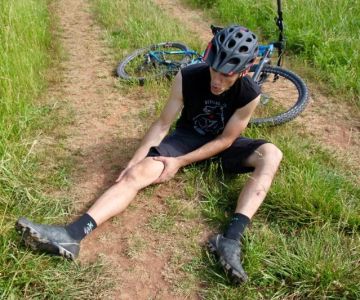
 Bay Head Bikes5.0 (8 reviews)
Bay Head Bikes5.0 (8 reviews) Wheels In Motion West4.0 (25 reviews)
Wheels In Motion West4.0 (25 reviews) Taller De Bicicletas3.0 (23 reviews)
Taller De Bicicletas3.0 (23 reviews)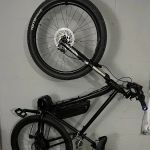 E-Bike KC4.0 (15 reviews)
E-Bike KC4.0 (15 reviews) Bay Area Cycling - League City4.0 (118 reviews)
Bay Area Cycling - League City4.0 (118 reviews) Berkshire Bike and Board Great Barrington4.0 (104 reviews)
Berkshire Bike and Board Great Barrington4.0 (104 reviews) How to Teach Kids to Ride a Bike: A Step-by-Step Guide for Parents
How to Teach Kids to Ride a Bike: A Step-by-Step Guide for Parents Tips for Riding on Busy City Streets: Smart Strategies for Urban Cyclists
Tips for Riding on Busy City Streets: Smart Strategies for Urban Cyclists Best US National Parks for Mountain Biking: Ride Epic Trails Across America
Best US National Parks for Mountain Biking: Ride Epic Trails Across America Best Aero Helmets for Time Trials and Racing
Best Aero Helmets for Time Trials and Racing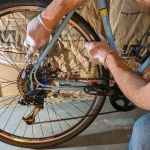 How to Clean and Lubricate Your Bike Chain Like a Pro
How to Clean and Lubricate Your Bike Chain Like a Pro 10 Must-Have Items for Long-Distance Cycling Trips
10 Must-Have Items for Long-Distance Cycling Trips